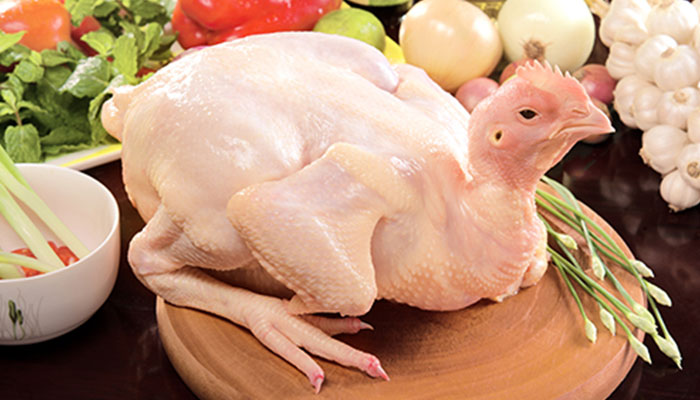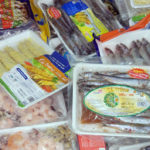For those who rarely go grocery shopping, choosing meat, seafood, or fish can be a daunting task. This is because these are commonly consumed foods, but few people know how to select the best options. Most of the time, such knowledge is passed down from mothers to their children or shared among friends and family.
However, you don’t always have to rely on others for guidance. In this article, I’ll share comprehensive tips on choosing the best meat and seafood to help you become a confident shopper.
1 Selecting Delicious Pork
To choose the best pork, observe the color of the meat. Delicious pork has a fresh pink color, neither too red nor too pale. When pressed with your finger, the meat should be elastic and not release any fluid or mucus. Additionally, pay attention to selecting the right cut of pork for your desired dish.

2 Choosing Tender Beef
Tasty beef has a bright red color, with yellow fat, white tendons, and a firm texture when pressed. Look for cuts with small, soft fibers, avoiding overly smooth textures. Press the meat with your finger, and if it bounces back without sticking to your finger and has no unpleasant odor, it’s fresh. Beef from cows tends to be tastier than that from bulls, and veal is the best option.
Like pork, different beef cuts are suitable for various cooking methods.

3 Picking Out the Best Chicken
When preparing for special occasions or ancestral worship, Vietnamese often choose chicken as part of the feast. But how do you select a good chicken? Press your finger into the chicken’s breast, thigh, or lườn (the area between the breast and thigh) to check for firmness. A good chicken will feel solid and elastic. There are also other secrets to help you choose the best chicken effectively.

4 Selecting Succulent Shrimp
To choose the best shrimp, pay attention to their shell, legs, and mucus. Fresh shrimp have transparent shells and smell of the sea. They do not release any mucus, and their legs are firmly attached to their bodies. If the shrimp has a foul odor, its legs are not attached, or they have turned black, do not purchase it.

5 Choosing Crabs Wisely
For those less familiar with seafood, it can be challenging to know which crabs are meaty and full of roe. The key is to press the crab’s apron (the small, thin flap on its belly) with moderate force. If it feels firm and does not give way, the crab is likely to be meaty and not soft or mushy. For more tips on choosing crabs with plenty of roe, check out this article.

6 Selecting the Freshest Squid
Choosing fresh squid is relatively easy. Simply observe their eyes; if the eyes are clear and the pupil is visible, the squid is fresh. Depending on the type of squid, there may be additional selection criteria.

7 How to Pick the Best Fish
Like squid, you can judge the freshness of a fish by its eyes; clear eyes with visible pupils indicate a fresh catch. Additionally, press the fish’s flesh, and if it bounces back quickly, it’s a good choice.

There you go, ladies! It’s not that complicated, is it? Just keep these simple tips in mind, and you’ll be able to choose the best meat and seafood for your meals with confidence.
For more handy tips, check out website.
Strategies for Shopping for Affordable and Safe Food During the Covid-19 Pandemic
Grocery shopping and food storage can be challenging during the coronavirus pandemic. To help protect yourself, Dien May XANH has put together a list of tips for shoppers and food storage. Read on to discover how to be safe when shopping and storing food.






































